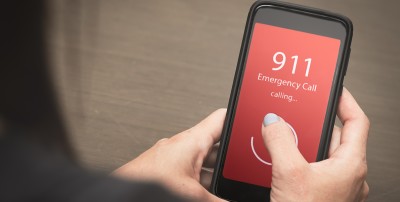
At work, we have fire drills. On a plane, we listen to safety protocols before takeoff. However, when it comes to our own health, we often don’t have a plan. “Nobody can plan for every emergency,” says Christopher Greb, operations manager with Macungie Ambulance Corps. “But taking a few simple steps ahead of time could save your life.”
Prepare now
Imagine experiencing a stroke. Among other symptoms, you suddenly have trouble speaking and even understanding others. Once emergency medical services (EMS) arrives, there is only a limited window of time to administer tissue plasminogen activator (tPA), a medication that dissolves blood clots. When time is of the essence, having the right information available can help EMS.
What you can do
Either utilize the Medical ID feature in the Health app on your iPhone or the built-in emergency feature on Android. If you don’t want to use a smartphone, keep a card in your wallet with the following information:
-
Emergency contact information
-
Medical history: include conditions currently being treated
-
List of medications: include dosage and frequency
-
Allergies
-
Physician(s) and phone number(s)
-
Preferred pharmacy
-
Preferred hospitals
Other documents to have accessible include advance directives like a living will, power of attorney and a Pennsylvania Orders for Life-Sustaining Treatment (POLST) form.
In the eye of the storm
Emergency situations often feel chaotic. The first step is to call 911 and try to remain calm. “Ultimately the most important information to provide is your exact location,” Greb says. “Simply telling the dispatcher you need help at the mall is too vague.”
Listen to instructions from the 911 operator. “They will talk you through steps to help yourself or the person you’re calling on behalf of,” says emergency medicine physician Jeffrey Kuklinski, DO, with LVPG Emergency Medicine.


